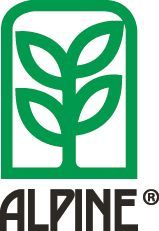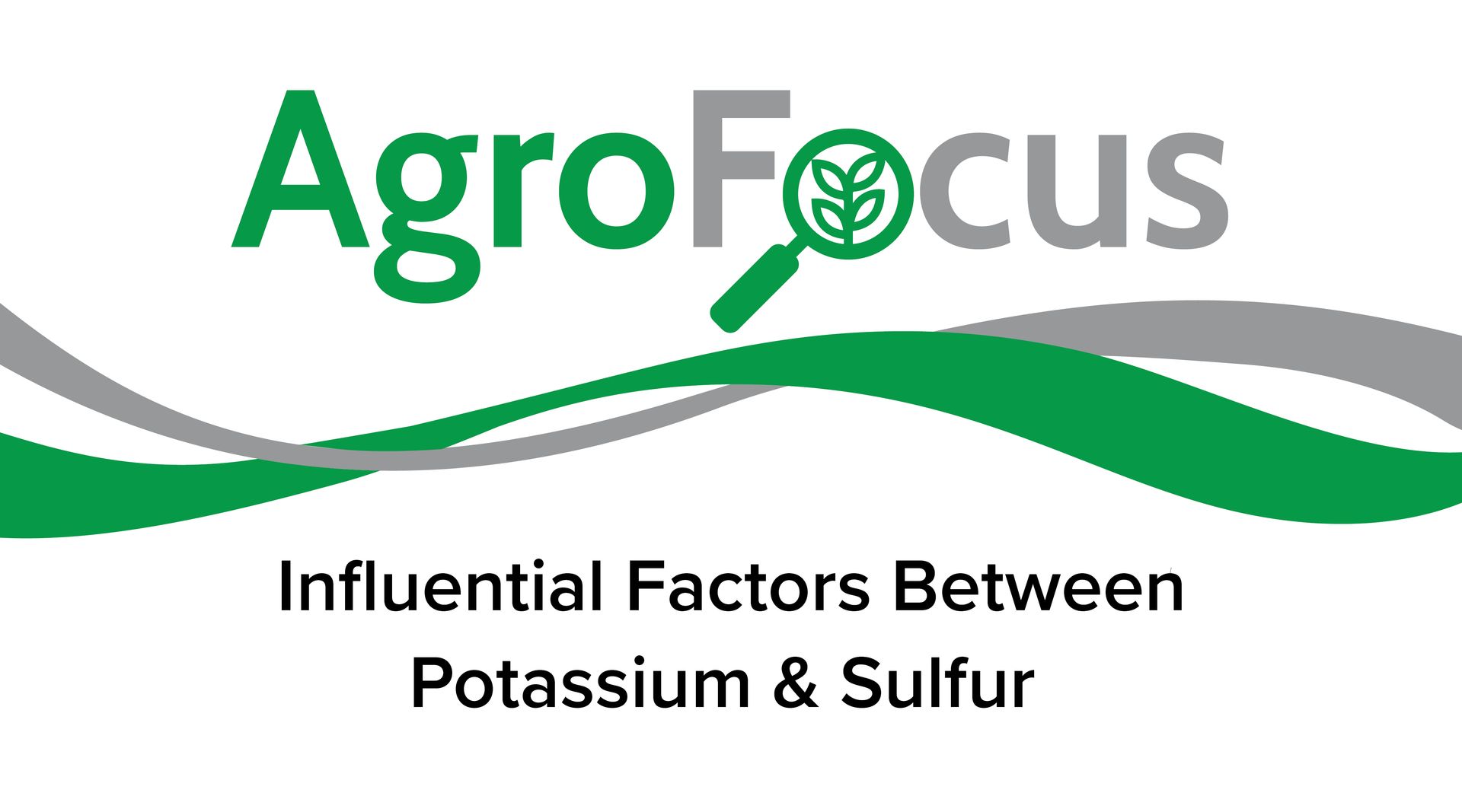The Power of Nutrient Science hits the Potato Industry
Nutrient Research of all types is being conducted on two new sciences from NACHURS and much of the focus has been in the potato industry where some very interesting results have been proving out. Here at NACHURS, we continue to conduct research on relatively new sciences like our Bio-K and Rhyzo-Link product lines to support our product positioning. We also conduct trials to test products and the timing of these applications to determine the most effective time and the most efficient plant site for the treatment. One such example of this is in the Potato industry where nutrient programs containing our Rhyzo-Link and Bio-K products have been tested. This work has led to widely accepted use of NACHURS products in Michigan, Wisconsin, and Maine. Similar work had been done in North Carolina where increases in production were also reported to be significant. A study was conducted by Dr. Samuel Y.C. Essah out of Colorado State University where the timing of Bio-K applications were tested. In the study, the effectiveness of Bio-K applications was compared to Potassium chloride in pre-plant, pre-plant plus foliar and foliar applications. The result of this study, in summary, demonstrate that Bio-K as a source of potassium, did increase total and marketable tuber yields and even though the pre-plant application of KCL did not demonstrate any increases, following the pre-plant application of KCL with a foliar application of Bio-K did significantly increase total, marketable and premium tuber yields. This study also demonstrated that pre-plant applications of Bio-K likewise significantly improved marketable and premium tuber yields. This study can be found in the November 9th publication of Spudman Magazine, titled New Potassium Fertilizer Increases Tuber Yield. There has also been mounting research that demonstrates the benefit of partnering the Bio-K technology and the Rhyzo-Link technology in potato production. Two such studies have been conducted by third parties on both chipping varieties and russets and in replicated trials in Maine, North Carolina, Wisconsin and Washington. One observation that rang clear was that adding both Bio-K and Rhyzo-Link significantly improves overall yield and quality! This evidence is so clear that based on recent trials and past work, NACHURS can confidently make the following general potato recommendation. Chip (in-furrow):6-7 gal NACHURS 6-24-62 gal Rhyzo-Link 3-10-131 gal NACHURS K-fuel 1 qt NACHURS 9% Zn EDTA Chip (foliar):2 gal NACHURS K-fuel + 1 qt NACHURS Finish Line@ 35 Day after emergence1 gal NACHURS Triple Option + 1 qt NACHURS Finish Line@ 50 Days after emergence.75 gal NACHURS K-fuel + 1 pt NACHURS 10% Boron + Water@ 65 Days after emergence Russet (in-furrow):5-6 gal NACHURS 6-24-62 gal Rhyzo-Link 3-10-13 1 gal NACHURS K-fuel1 qt NACHURS 9% Zn EDTA Russet (foliar):2 gal NACHURS K-fuel + 1 qt NACHURS Finish Line @ 45 Days after emergence1 gal NACHURS Triple Option + 1 qt NACHURS Finish Line @ 65 Days after emergence Better yields, better physical and process qualities achieved with new and better sciences. Bio-K and Rhyzo-Link product lines from NACHURS, always the innovator, never the imitator!
Nutrient Research of all types is being conducted on two new sciences from NACHURS and much of the focus has been in the potato industry where some very interesting results have been proving out.
Here at NACHURS, we continue to conduct research on relatively new sciences like our Bio-K and Rhyzo-Link product lines to support our product positioning. We also conduct trials to test products and the timing of these applications to determine the most effective time and the most efficient plant site for the treatment.
One such example of this is in the Potato industry where nutrient programs containing our Rhyzo-Link and Bio-K products have been tested. This work has led to widely accepted use of NACHURS products in Michigan, Wisconsin, and Maine. Similar work had been done in North Carolina where increases in production were also reported to be significant.
A study was conducted by Dr. Samuel Y.C. Essah out of Colorado State University where the timing of Bio-K applications were tested. In the study, the effectiveness of Bio-K applications was compared to Potassium chloride in pre-plant, pre-plant plus foliar and foliar applications.
The result of this study, in summary, demonstrate that Bio-K as a source of potassium, did increase total and marketable tuber yields and even though the pre-plant application of KCL did not demonstrate any increases, following the pre-plant application of KCL with a foliar application of Bio-K did significantly increase total, marketable and premium tuber yields. This study also demonstrated that pre-plant applications of Bio-K likewise significantly improved marketable and premium tuber yields. This study can be found in the November 9 th publication of Spudman Magazine, titled New Potassium Fertilizer Increases Tuber Yield.
There has also been mounting research that demonstrates the benefit of partnering the Bio-K technology and the Rhyzo-Link technology in potato production.
Two such studies have been conducted by third parties on both chipping varieties and russets and in replicated trials in Maine, North Carolina, Wisconsin and Washington.
One observation that rang clear was that adding both Bio-K and Rhyzo-Link significantly improves overall yield and quality!
| Chip (in-furrow):
6-7 gal NACHURS 6-24-6 2 gal Rhyzo-Link 3-10-13 1 gal NACHURS K-fuel 1 qt |
Chip (foliar):
2 gal NACHURS K-fuel + 1 qt NACHURS Finish Line @ 35 Day after emergence 1 gal NACHURS Triple Option + 1 qt NACHURS Finish Line @ 50 Days after emergence .75 gal NACHURS K-fuel + 1 pt NACHURS 10% Boron + Water @ 65 Days after emergence |
| Russet (in-furrow):
5-6 gal NACHURS 6-24-6 2 gal Rhyzo-Link 3-10-13 1 gal |
Russet (foliar):
2 gal NACHURS K-fuel + 1 qt NACHURS Finish Line @ 45 Days after emergence 1 gal NACHURS Triple Option + 1 qt NACHURS Finish Line @ 65 Days after emergence |
Better yields, better physical and process qualities achieved with new and better sciences. Bio-K and Rhyzo-Link product lines from NACHURS, always the innovator, never the imitator!













